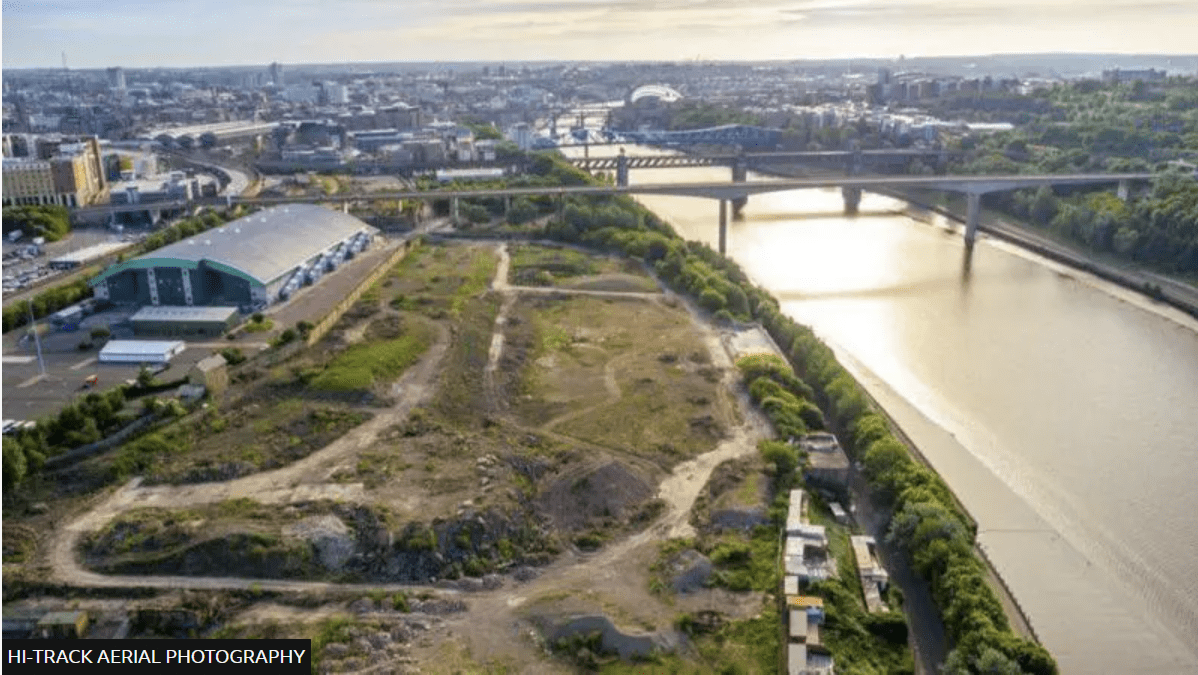The government’s plan to build up to 40,000 homes on disused railway land is a positive step. Transport-connected brownfield sites make sense for urban regeneration and can help relieve housing shortages in key cities.
But let’s be realistic. Delivering 15,000 homes in five years under this initiative will barely scratch the surface of the 1.5 million homes promised nationally. The construction sector is already under strain from planning delays, regulatory complexity, supply chain bottlenecks, and a shortage of skilled labour.
According to the National Federation of Builders, 40,000 homes are currently stuck in regulatory limbo. This means that even if the land is ready, the homes may not be. Without addressing the underlying issues that slow delivery, the potential of schemes like this will be limited.
If we want to turn well-intentioned policy into real keys in real doors, three things need to happen:
Planning processes must be streamlined so developers can move from concept to site without years of delay.
Construction capacity must be increased through targeted skills programmes and support for innovation.
Local infrastructure must be ready to support new communities from day one.
At Ubrix, we see the same principle play out on a micro scale. You can have the right site and the right funding, but without connected processes and clear communication, delivery slows and costs rise. When teams, data, and workflows are aligned, the journey from plot reservation to aftercare is smoother, faster, and more predictable.
Brownfield development is a valuable part of the housing puzzle, but it will only succeed if it is backed by systemic change. Otherwise, we risk adding another policy headline to the pile without moving the needle on housing delivery.
What changes do you think are most urgent if we want to unlock stalled projects?









